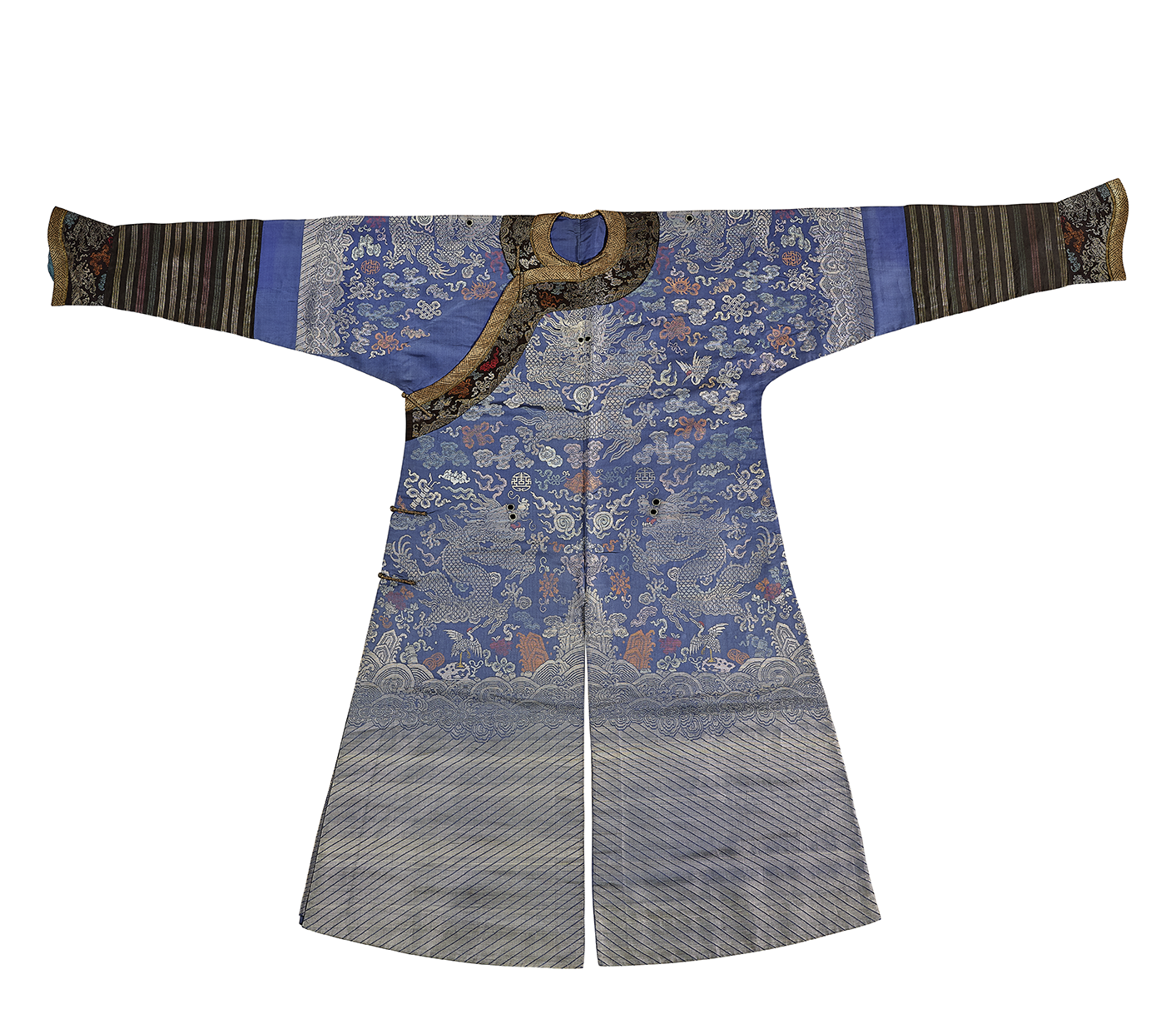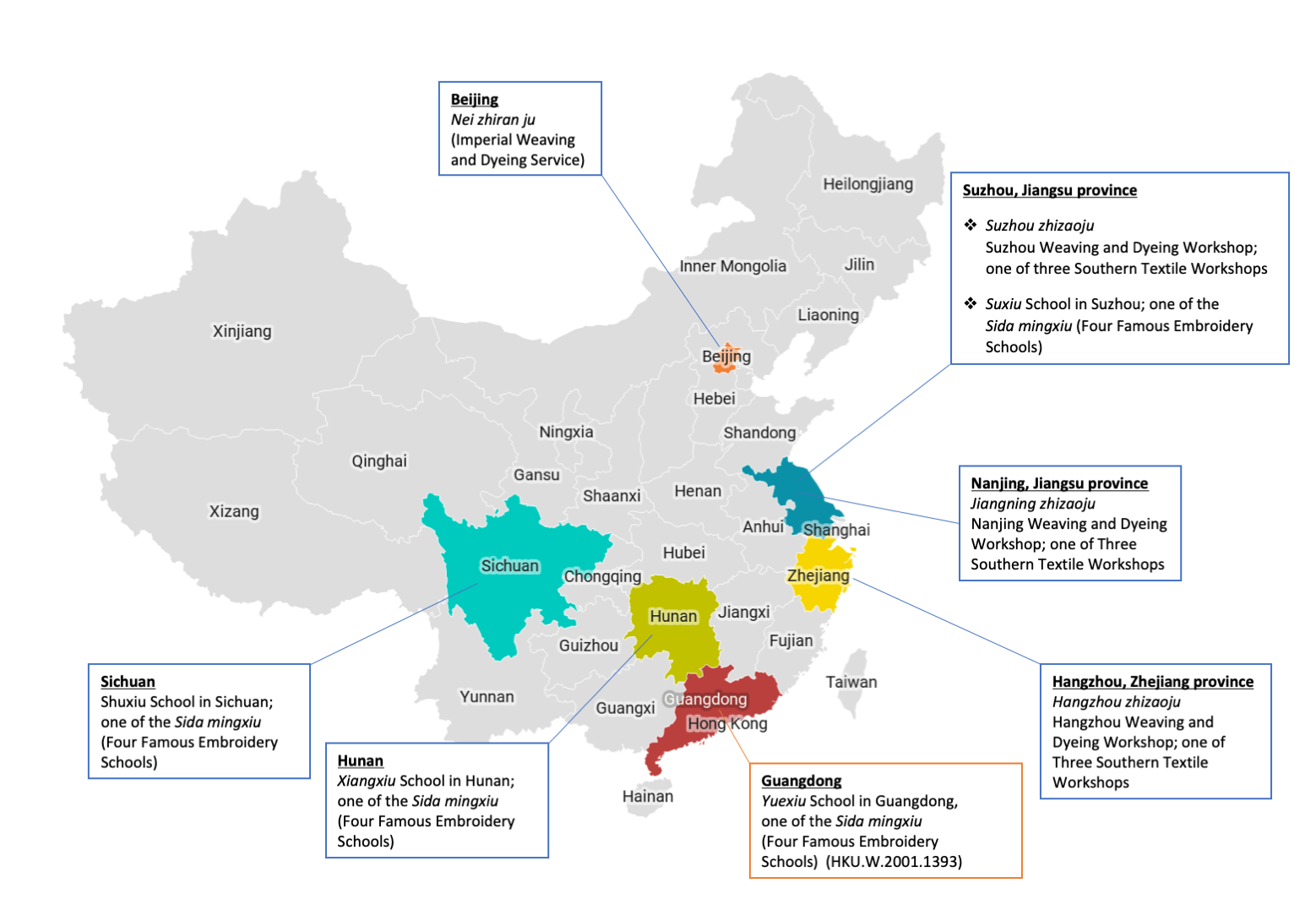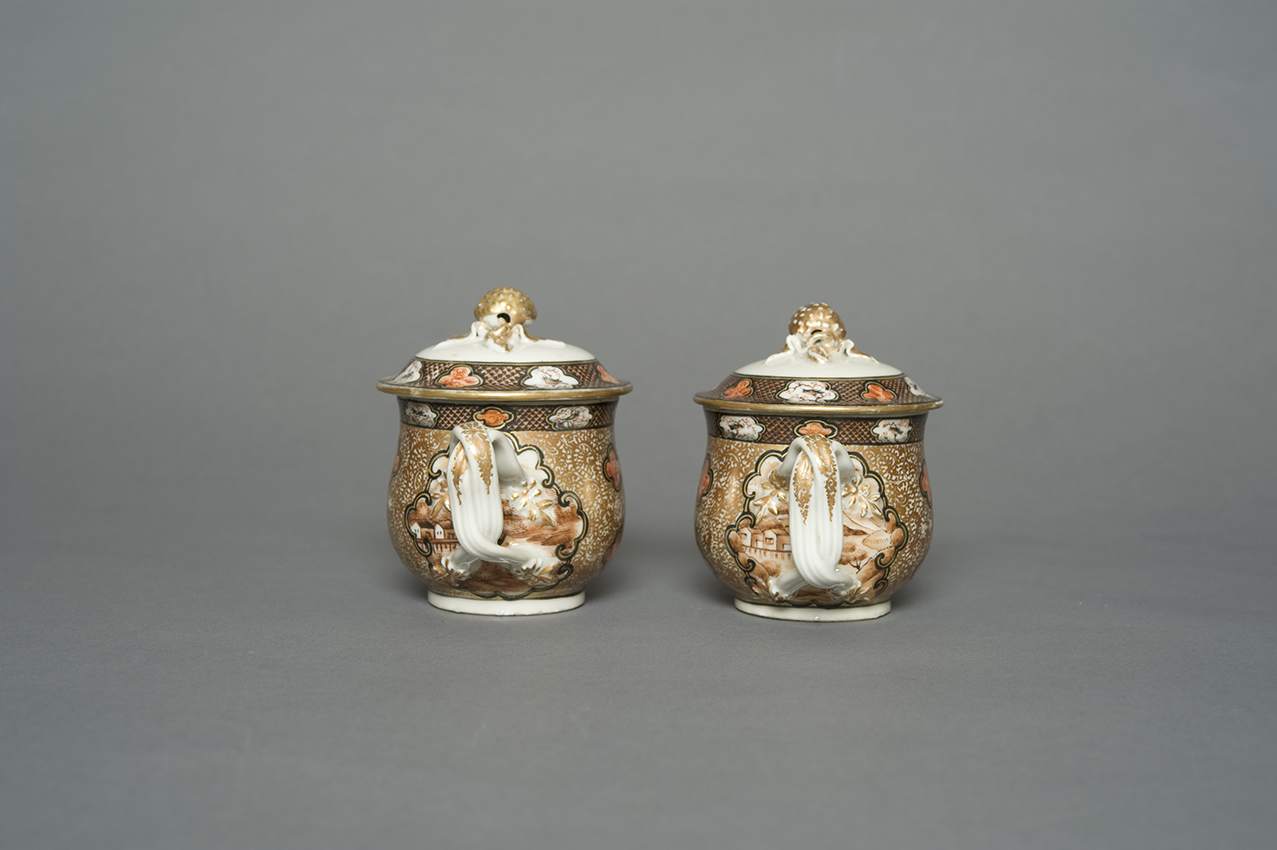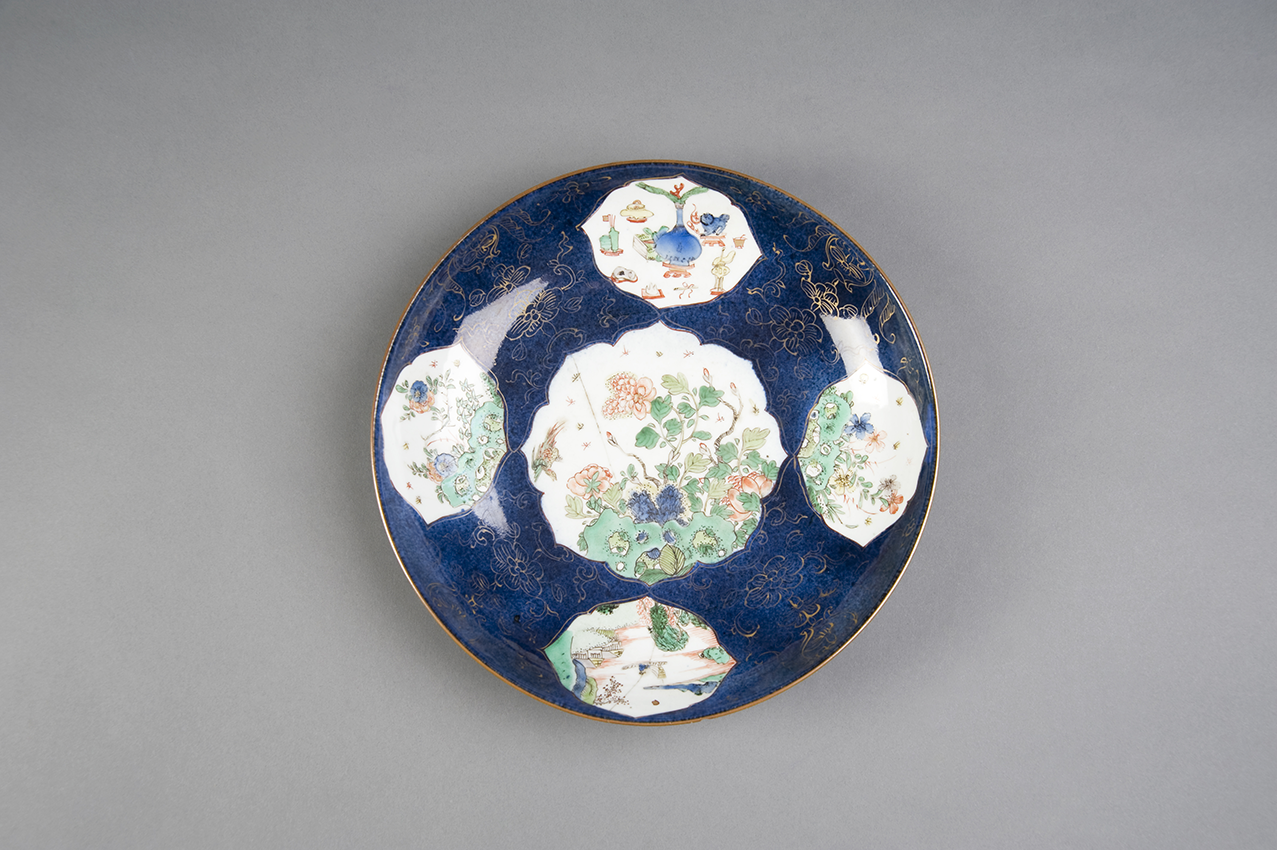2. Silk Textile Industry in the Qing dynasty
The flourishing silk industry in the Qing dynasty (1644–1911) laid a solid foundation for the development of pictorial and calligraphic silk textiles. Political and economic stability, as well as imperial patronage during the reign of the Kangxi (1662–1722), Yongzheng (1722–35) and Qianlong (1736–95) emperors contributed to an already thriving silk industry. Large-scale manufacturing centres for silk and silk products were also founded by the Qing government.
Imperial weaving workshops were established within the nei zhiran ju (Imperial Weaving and Dyeing Service) in Beijing, as well as in regional cities such as Jiangning (Nanjing), Suzhou and Hangzhou, which came to be known collectively as the Jiangnan san zhizao (Three Southern Textile Workshops). Private weaving workshops also blossomed in these regional cities to compete with the local and overseas markets. As one of the most important export goods (along with tea and ceramics), silk products were distributed to markets across Asia and Europe.



